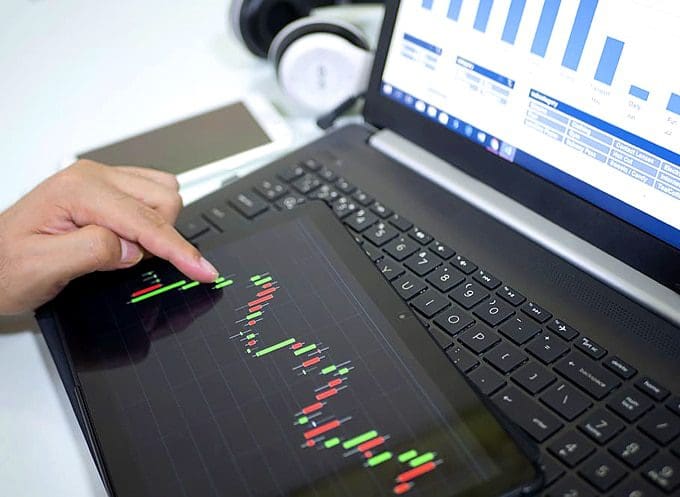words Alexa Wang
If you’re a Forex trader, then you’ve probably spent a lot of your time searching for the best moment to enter a position. Many experts in this field have specific flags that they rely on to tell them when the best moment is for exiting or entering a trade. However, it does take a while to figure out when you should be listening to your gut.
Since there’s no one way to invest in this market, it’s important to come to terms with the various indicators that can tell you the best time buy or sell in a cross rate.

The Crucial Indicators to Consider
The best indicator for any individual will always be the one that suits their specific psychology and buying/selling style. There’s no one-size-fits-all option here. The good news is that the best forex trading platforms can give you access to useful tools for tracking essential indicators. Here are the different kinds of FX pillars to think about when you’re getting started.
- Trend following tools: You can make a lot of cash by taking a counter-trend approach to buying or selling. Most people think that the easiest option is to make decisions based on the current direction of a position. This means that if value for the currency is increasing, you invest more money into it, and if it’s falling, you sell. However, going in the opposite direction means that you can sell when prices are high, and buy when they’re low. Simple Moving Average will help you to decide which direction to move in. The SMA smooths out price movements to better identify trends.
- Trend-Confirmation tools: Most trend confirmation tools aren’t designed to deliver specific signals of when to sell or buy. Instead, the idea is to give you an insight into where the market could be headed. For instance, if trend following and confirmation tools both suggest that a market is bullish, then you’d be more confident in taking a long-trading stance in this pair. On the other hand, if both are bearish, then you might decide to sell. The most common tools to use here are Moving Average Convergence Divergence. This measures the difference between two moving averages and compares that information to an average of its own.
- Profit-Taking tools: Finally, the last indicator will be something that helps you to determine when you should sell and take a profit on a winning trade. There are lots of options available here, but a common option is the Bollinger bands. These tools take standard deviations of price changes over a certain time, then creates trading bands.

Learning How to Use Indicators
To get a better feel for the indicators that are best for your needs, the best thing you can do is consider a platform that offers a demo account. Paper trading accounts that permit testing of different strategies and tools will help you to put your indicators to the test on a more significant scale. The more you experiment, the more comfortable you’ll feel using different tools and strategies within the Forex space.









